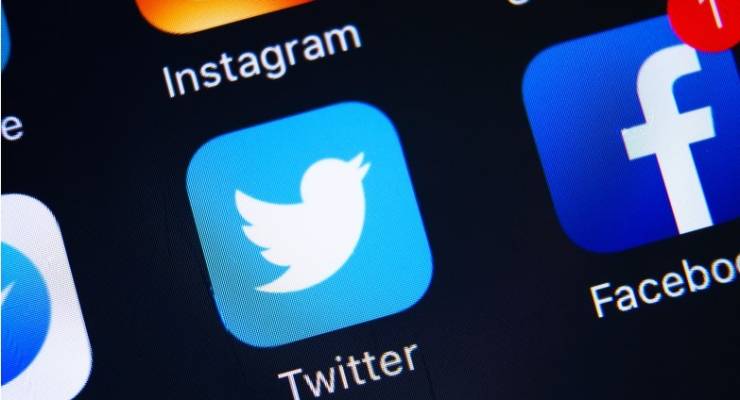
The past couple of weeks have revealed, again, the manner in which the radicalisation of white ethnonationalism in Australia has been driven by a toxic interaction between social media and traditional media.
Racist radicalisation doesn’t just happen on social media (as News Corp, among others, say) and it doesn’t all happen through traditional media (as the UK’s anti-terror boss suggests). It takes traditional media to craft the messages from legitimate spokespeople that get turned into rhetorical bullets fired around social media. And it takes platforms geared for algorithmic amplification that the extremist right can game to spread it around.
In the wake of the Christchurch murders, there’s been plenty of finger-pointing over who’s to blame for the radicalisation of the shooter.
It demonstrates in real time how the interaction of old media and new turned the deed into propaganda. The alleged killer paid as much attention to his media strategy as he did the act; a strategy designed to game both the systems of social media platforms and the journalistic practices of traditional media — and both fell short.
He live-streamed on Facebook, he posted on Twitter about his plans, and he released a manifesto booby-trapped with references to online subcultures, memes, and influencers designed to trigger backlash — and even more coverage.
He made sure his phone was charged as carefully as he ensured his guns were loaded.
The drama of the footage and the rhetoric of the manifesto were too much for click-geared media organisations not to spread, although the robustness of craft practices (and public complaint) ensured this was largely addressed.
Over at the tech platforms, it took about as long for content moderating to check the spread of the video. (And, while we’re here, think about the underpaid and stressed content moderators who have to stand against the worst posted content.) The platforms have continued to struggle as the shooter’s supporters worked to trick algorithms designed to identify footage by subtly editing the video to keep it circulating.
We’re seeing the effects of this amplification in real-time alongside the necessary debate over racist dog-whistling in Australia’s media. It’s a debate that’s been led by journalists trying to bring their personal perspective to enhance understanding of tragedy — such as Waleed Aly on The Project, the ABC’s Osman Faruqi on Twitter, and Ruby Hamad and Shakira Hussein here at Crikey last week.
Perhaps because of the strength of their voices, they’ve been a target of mainstream commentators. Miranda Devine in the News Corp tabloids referred to one as “chief narcissist”. She repeated some of these attacks on the weekend.
All good fun for the base, I suppose, except for the licence it gives to amplify and harass through social media and drive voices out of public debate. Meanwhile, over at Channel Seven, the long-term, paid platforming of One Nation voices helped elect Mark Latham to the NSW Upper House. And, elsewhere, the noise machine — in a missing-the-woods-for-the-trees moment — reacted to the courageous resignation of a young Sky journalist over Islamophobia by focusing on a minor (and subsequently corrected) mis-reporting, rather than the organisational self-reflection over silenced voices it should have provoked. Days later, it was reported that a senior executive at Sky’s US cousin Fox News had earlier resigned over that network’s anti-Muslim rhetoric.
It’s not news that social networks amplify and weaponise anti-Islam rhetoric: last year Zeynep Tufekci reported in The New York Times how the YouTube algorithm starts at “acceptable” mainstream content, then “recommends” all the way through to hard-line racist content. But the rapid and ongoing backlash against the voices criticising the role of media — social and traditional — in normalising hatred shows there’s more to concerned about.
It’s not just about what’s crawling out of social media; we need to watch what’s crawling in.








Crikey is committed to hosting lively discussions. Help us keep the conversation useful, interesting and welcoming. We aim to publish comments quickly in the interest of promoting robust conversation, but we’re a small team and we deploy filters to protect against legal risk. Occasionally your comment may be held up while we review, but we’re working as fast as we can to keep the conversation rolling.
The Crikey comment section is members-only content. Please subscribe to leave a comment.
The Crikey comment section is members-only content. Please login to leave a comment.